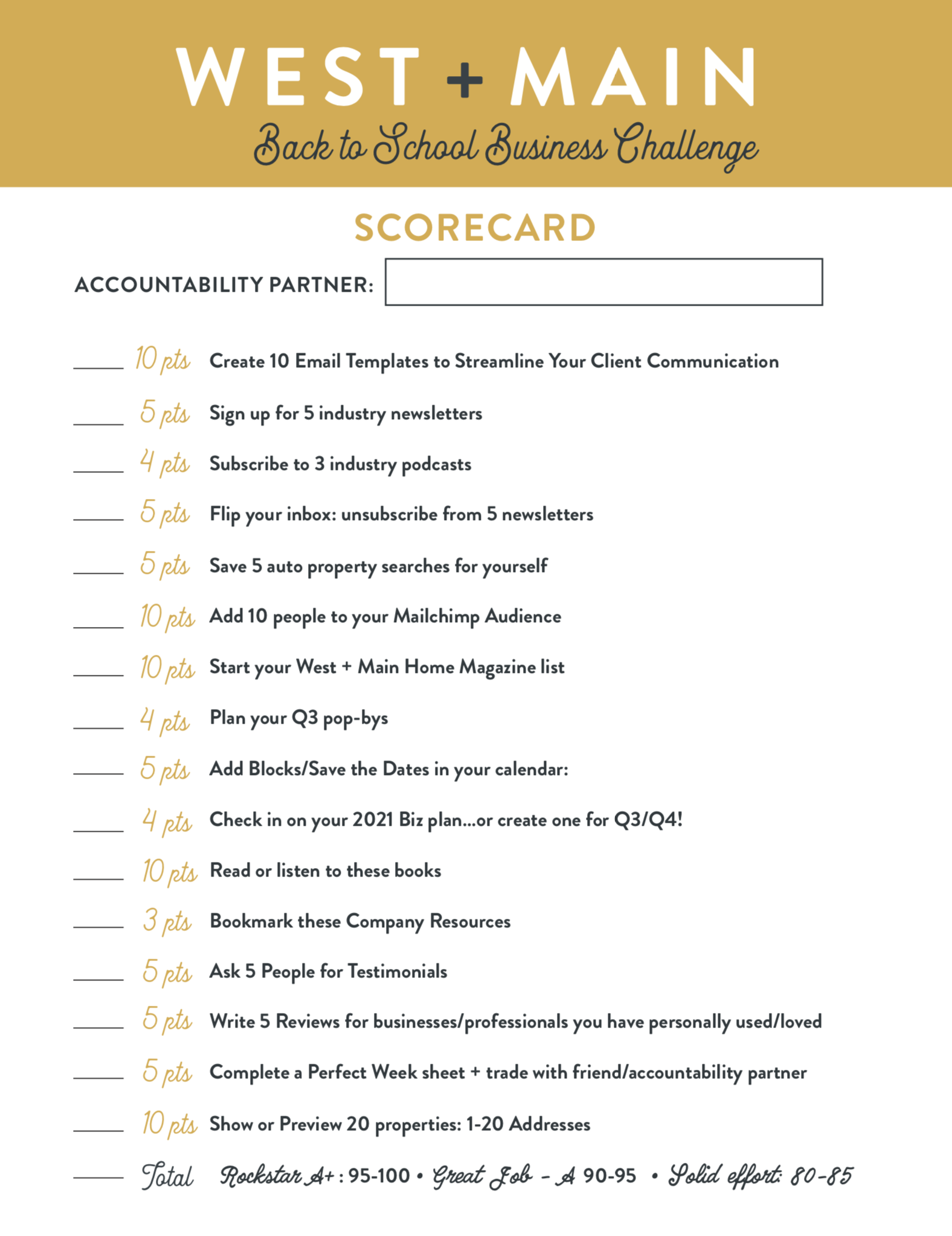No one knew exactly how life would be altered when COVID-19 quickly made its way around the globe more than a year ago. Identifying the ripple effect of the pandemic was an impossibility as we confronted immediate change in every area of our lives, from how we shopped for groceries to how we taught our children to how we went to work.
Much like any crisis, though, the pandemic also triggered new possibilities, including a wholesale rethinking of where and how we choose to live. Resigned to needing to live as close to work as affordably possible, many homeowners had become accustomed to sacrificing space for convenience or, alternatively, capitulating to long commutes. It was just an unavoidable fact of modern life. Until 2020.
Rethinking Home
Given the widespread work-from-anywhere policies instituted by businesses across a host of industries—policies that stand to become permanent for many—COVID-19 has not only impacted how we live, but also where we live.
“By studying what’s happening in other industries, we can learn how our consumers’ lives are changing and better understand how to best serve them,” says Leading Real Estate Companies of the World® (LeadingRE) President & CEO Paul Boomsma. “With many companies—including Dropbox, Twitter, Salesforce, Spotify, Nationwide and Novartis—announcing fully remote or hybrid work scenarios, the trends we are seeing are not likely to change anytime soon.”
Now free from long commutes or steep urban-area housing costs, homeowners are on the move—to areas where they can enjoy more space, be closer to family or cultivate a more fulfilling lifestyle. According to a National Association of REALTORS® (NAR) report, which tracked the impact of COVID-19 on mobility trends using United States Postal Service change-of-address data from March to October 2020, as of December 2020, 8.93 million people had relocated since the start of the pandemic. That’s 94,000 people more than during the same time period in 2019.
No one has better evidence of this migratory trend than LeadingRE. Impossible to fathom when the pandemic first hit, LeadingRE’s global referral network of more than 550 member firms saw a 16% year-over-year increase in sales volume for broker-to-broker referrals in 2020, with an impressive 73% conversion rate on these referrals. What’s more, the average sales price of referrals closed through LeadingRE increased to $445,000—far beyond the 2020 median national home price of $315,900 reported by NAR (at press time).
“People are choosing where to live for reasons that go well beyond traditional factors, whether related to climate, lifestyle or simply proximity to family,” says LeadingRE Executive Vice President, Member Services Kate Reisinger. “This dynamic creates abundant referral opportunities, as we experienced last year, with our members making over 30,000 client introductions to one another.”
The increase in referrals and moves by LeadingRE is indicative of the overall boom in the U.S. housing market triggered by the pandemic. With home prices continuing to rise, interest rates hovering at enticing lows, and homebuyers set free from the work ties that bind, home sales soared to 5.64 million in 2020, a 5.6% increase over 2019, says NAR.
The question for real estate professionals is, will the trends that are igniting housing activity and relocation patterns continue? Here, LeadingRE digs deeper into the factors that contributed to success in 2020 and the trends that are setting the stage in 2021.
The Work-From-Home Effect
While virtual work situations had been on the rise thanks to advanced technology solutions, the trend has skyrocketed in the wake of the pandemic.
According to a December 2020 Pew Research Center survey, 20% of respondents reported that they worked from home prior to the pandemic. This jumped to 71% working from home as of December, with 54% adding that they would prefer to continue to work from home after the coronavirus outbreak ends.
According to Lydia Moy, an agent with LeadingRE member WK Real Estate in Boulder, Colorado, the shift to working from home has been a driving factor for relocating young professionals.
“Ironically, the pandemic has created freedom and opportunity, enabling homeowners to grow their real estate assets by moving to a more affordable area to live their best life,” says Moy, who helped clients move closer to their siblings in Florida during the pandemic with an introduction to National Realty of Brevard. “With the wife’s ability to now work remotely, the relocation was a no-brainer…and a dream come true!”
Work-from-home situations are not only impacting where homebuyers are choosing to live, but also how. According to another LeadingRE member, Matthew Riley, executive sales vice president at Sibcy Cline in Cincinnati, in the wake of the pandemic, clients are looking for proximity to parks and other recreation areas and inquiring about local events offered by a city.
“You’re seeing families needing two offices, a dedicated teaching-from-home area, an area for children to play and more outside living within the boundaries of their property—swimming pools, play areas and walking paths,” says Riley. “Those trends are changing our market, along with the reliance on virtual tours. Home life is coming back to what people are really wanting to do in this new era of 2021.”
A Focus on Family
A significant component of pandemic-induced relocation activity is the trend for families—once far flung across the country—to reunite under the same roof. Whether it’s unemployed or remote-working adult children, or college-aged students heading home, for many parents, the flock has returned to roost. Combine this with increased concern for caring for elderly family members, and you have the need for more space.
Moy experienced the family factor first-hand. “Family became the highest motivation for my clients’ relocation decisions—clients who wanted to be able to see their grandkids and/or be with their siblings during COVID. The pandemic has made time a more valuable asset than money.”
For example, Moy had one retired, elderly client who lived by herself near a golf course and enjoyed an active, outdoor lifestyle. But when her son had a baby, her priority was to help out. “She was a bit lonely due to isolation during COVID,” explains Moy, “so moving to Boise, Idaho, made sense. She is planning to come back to Colorado at some point or relocate somewhere else in a few years.”
Judy Scott, also an agent with WK Real Estate, had a client who wanted to move from Houston, Texas, to Colorado, in tandem with their daughter who would soon be starting a family. The catch? They wanted two separate houses within walking distance of each other, at drastically different price points.
“The mother and daughter were adamant that their separate homes be very close to each other,” explains Scott. “The challenge was that their price ranges were about $1,000,000 apart. They needed a larger community with varied price ranges to work for them. The move would now be possible because, as a result of the pandemic, both the daughter and her husband would be able to move as their jobs had ‘gone remote’ due to COVID.”
By working with a fellow member in LeadingRE, Scott was able to find the pair homes within walking distance. “The best part of the story is that after they both moved into their new homes, they soon found out their first grandchild is on the way.”
Prioritizing Lifestyle
The confinement experienced as a result of the pandemic precipitated a rising interest in second homes, as many looked for places they could safely retreat to and spend time with family.
“We have had incredible success sending outgoing referrals to the beaches and mountains of North and South Carolina,” reports LeadingRE member Catharine Pappas, relocation director of Dickens Mitchener Residential Real Estate in Charlotte, North Carolina. “Our clients realized during the pandemic that they wanted a place to get away where they could spend quality time with family, and that they could drive to without getting on an airplane.”
Pappas also reports sending business to further-away locations in Montana, Costa Rica and Puerto Rico, “for the more adventurous client who did not mind getting on a plane to get away.”
She has also seen increased incoming referrals from a variety of states, including Illinois, New York, New Jersey and California. “These families have been seeking a better quality of life, lower taxes and a temperate climate,” she explains. “I spoke to one family, who lived outside of New York City, who realized that the commute into the city was about the same as if they lived in Charlotte and flew to work every week.”
Reisinger notes, “For many homeowners, the impetus to move has stemmed from the opportunity to now live full-time in locations once thought of for vacations only. Even for those not looking to move to a vacation destination, the demand for resort-like amenities is on the rise.”
Relocation Trends Reach Beyond Borders
With members in 70 countries, LeadingRE is also tracking global trends. In Puerto Rico, Reality Realty has seen a dramatic increase in referrals from mainland U.S. and abroad, spurred by favorable tax incentives as much as the area’s appeal in a post-COVID world.
LeadingRE members in ski markets in Europe have reported a shift, with secondary homes becoming primary residences. Antonin Allard, CEO and founder of ANTONIN real estate brokerage in Megève in the French Alps, says, “Many visitors who came to enjoy mountain air away from the busy cities during the pandemic are now considering investing in a property here. Some clients have decided to switch their primary residence to Megève while keeping a pied-à-terre in the city.”
International Realty Group (IRG) reports increased activity in the Cayman Islands, with sales volumes between September and December up almost 70%. IRG Chief Marketing Officer Stuart Wright says, “Cayman’s notable and well-publicized success in managing the COVID crisis generated the confidence for a massive rebound in the local residential real estate market. As well as a significant increase in interest in the luxury residential sector from locally-based international residents, high-net-worth overseas investors viewed Cayman as a safe haven, not only for the rest of the current crisis, but also for any future ones.
“James O’Brien, IRG’s head of luxury real estate, has been party to a number of high-value sales that have been purchased sight-unseen by relocating investors seeking residency, including a lead from a fellow LeadingRE member in Ottawa, Canada, for a family looking to relocate to Cayman in order to work remotely. James worked with the family to find the perfect property, commissioned a contractor to carry out some initial work on the home and connected them with an immigration attorney to facilitate their residency application. Every step of this process was handled remotely,” Wright says.
Similar examples are playing out worldwide, with LeadingRE members from far-reaching locations collaborating to meet the evolving needs of consumers.
Flexibility and Innovation for the Road Ahead
While the moving and relocation trends of 2020 have no clear end in sight, the ability to capitalize on them—along with whatever turn the world takes next—comes down to a real estate professional’s commitment to innovation and adaptability.
Reisinger underscores this point. “It may mean acting quickly when that elusive lake house comes on the market, while for others it may mean helping facilitate a long-distance move by referring your client to a trusted colleague in another market.”
Sam Mansour, a managing broker for John L. Scott, experienced first-hand how flexibility and quick response time pay off. When working with an out-of-state client last year who didn’t want to spend time in hotels or corporate housing in the midst of COVID, he was confronted with the challenge of finding them a home in a tight inventory market.
“In the area they wanted to live, there was nothing,” says Mansour. “Anything that came on the market would sell in a matter of days for over asking price. So we targeted every pending home that was under contract and called every agent to see if any of the deals seemed a little shaky. We ran into a colleague who said, ‘yes, this home might come back on the market; the buyer financing is a little shaky,’ and we wrote it up the minute it came back on the market. My clients were able to move in without having to stay one minute in a hotel room or corporate housing.”
Situations like Mansour’s are likely to continue as 2021 unfolds, a year still fraught with unpredictability as the world works to reach herd immunity through vaccinations. For real estate consumers, opportunities will persist as interest rates are predicted to remain low throughout the year and remote work situations turn permanent for many.
As Reisinger says, “In this more flexible environment, tuning in to what is driving a person’s decisions when it comes to where and how they live can help you be more responsive as a real estate professional.”
But are the trends currently influencing the market permanent?
“Time will tell what COVID’s lasting impact will be on how and where we live,” says Boomsma. “But from all that we are seeing and hearing from our members, the desire for a home centered around more space, proximity to family and a focus on whatever lifestyle amenities are most important for the homeowner will remain driving factors for the foreseeable future.”
For more information, please visit www.leadingre.com.




























